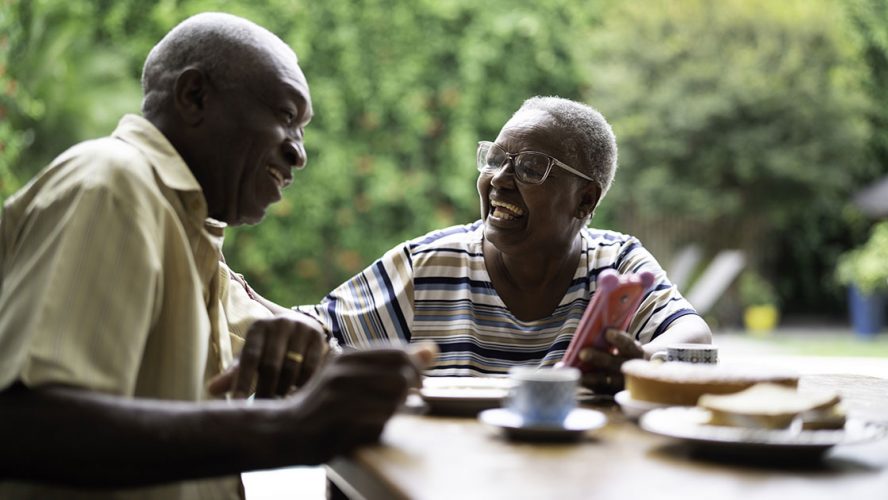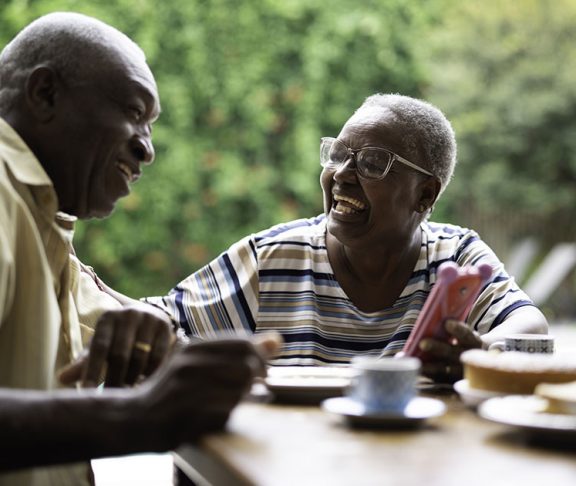Senior citizens aren’t known for their technological literacy, but in the time of COVID-19, when they are particularly vulnerable to the virus, technology has become an essential lifeline for seniors to stay connected to the outside world. Sue Johansen, a Senior Vice President at A Place for Mom, an advisory service that helps place loved ones in senior living communities, says that technology will have a major impact on the senior living industry in the future, and has already seen major increases.
“Virtual touring, for instance, increased significantly during the COVID-19 pandemic and it will continue long after the crisis is over. It has been a valuable tool for family members living in different cities that want to participate in the decision-making process for their parents,” Johansen said.
Combating loneliness
Senior living communities and nursing homes have been taking steps to avoid the impact of the coronavirus, and so communities have limited resident interactions with the outside world, including family, which can lead to extreme loneliness. Technology is the best way to combat this.
According to Johansen, “In this time of social distancing, everyone is feeling a little isolated and lonely. Similarly, when a senior lives alone and can’t get out to shop or run errands, they feel increasingly cut off from others. It is key for seniors to embrace technology to stay connected to friends, family and the outside world during this time of social distancing.” While video calls are not the same as meeting in person, Johansen notes that these sorts of meetings have been essential to lending seniors a sense of normalcy and human connection.
“Connecting with others through apps like Zoom or Skype provides a sense of connection. It also gives seniors a reason to get dressed and spend some time on themselves. While it doesn’t seem that important right now, this ritual is good for seniors as it gives them purpose and allows them to establish a consistent routine.”
She also says that technology has helped seniors communicate with their families, and not just through video calls. “Seniors are using technology to record the activities they are doing in senior communities so they can share them with worried family members — serving to both connect the senior and help to relieve stress with worried families.”
Living virtually
The ability to stay connected to others is maybe the most obvious way seniors are using technology these days, but it’s definitely not the only one. Johansen says that technology is changing practically every aspect of senior living communities.
Things like virtual tours and the ability to submit new resident paperwork online through platforms like DocuSign make the intake process effortless and safe. New tech has also helped residents and their families monitor their health. “They’re using apps, such as those on Apple Watch, to monitor heart rate, sleep and other health indicators to stay healthy.”
Not alone
These kinds of monitoring technologies are helpful to loved ones and caregivers who are understandably worried. Johansen said it’s important for caregivers to know that they are not alone right now. “I can’t stress enough how many people do not know that there are options to help them during this time.”
“All too often we see that the caregiver will put her own health and well-being in jeopardy to care for a parent. This dynamic can suck the joy from the relationship between a mother and daughter, for instance, as the time spent with each other becomes intensely emotional and burdensome,” Johansen explained. “When an overburdened caregiver places their parent in a senior living community, they retrieve back to the parent-son/daughter dynamic they should have and all the joy that comes with knowing their loved one is cared for.”
In such a difficult time, technology is making all the difference.


